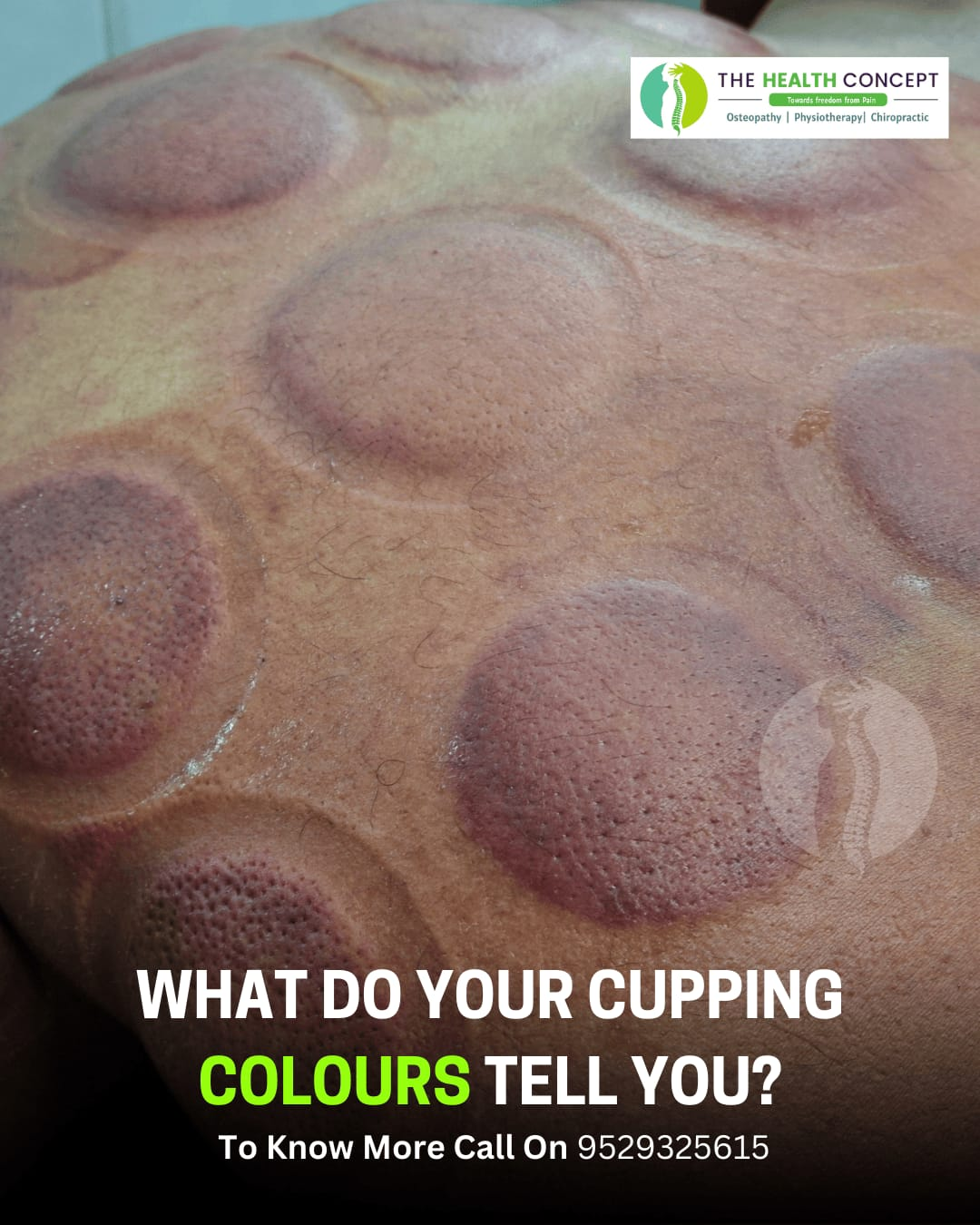+918042783568

This is your website preview.
Currently it only shows your basic business info. Start adding relevant business details such as description, images and products or services to gain your customers attention by using Boost 360 android app / iOS App / web portal.
Cupping Therapy vs. Myofascial Decompression Th...

Cupping Therapy vs. Myofascial Decompression Therapy (MFD): Understanding the Differences and the Meaning Behind Cupping Marks Introduction Cupping Therapy and Myofascial Decompression Therapy (MFD) are both widely used in physiotherapy, osteopathy, and chiropractic care. While both techniques use suction to influence muscle and fascial health, their application, purpose, and effects differ significantly. Additionally, cupping marks left after treatment can reveal valuable insights into muscle health and circulation. In this blog, we will explore the key differences between Cupping Therapy and MFD and decode what your cupping marks say about your body. Key Differences: Cupping Therapy vs. Myofascial Decompression Therapy (MFD) 1. Technique - Cupping Therapy uses suction cups to create negative pressure, promoting blood flow and reducing muscle tension. - MFD Therapy combines cupping with guided movements and muscle activation to address fascial restrictions. 2. Application - Cupping Therapy involves placing cups statically or with slight movement. - MFD Therapy applies cups dynamically, often alongside stretching and movement. 3. Base Support - Cupping Therapy does not require specific base support; cups adhere directly to the skin. - MFD Therapy is often performed on a stable base, such as an athlete engaging in movement while cups are applied. 4. Purpose - Cupping Therapy focuses on circulation, detoxification, and muscle relaxation. - MFD Therapy aims to restore fascial glide, enhance mobility, and improve muscle function. 5. Best For - Cupping Therapy is ideal for general relaxation, detoxification, and pain relief. - MFD Therapy is suited for sports performance, rehabilitation, and functional movement improvement. What Do Your Cupping Marks Indicate? Cupping marks are not bruises but rather an indication of blood circulation, muscle tension, and toxin release. The color and intensity of these marks provide insights into muscle health and underlying conditions. 1. Light Pink or No Mark Indicates good circulation with minimal stagnation. The area is healthy, with no significant muscle tension or toxin buildup. 2. Bright Red Marks Indicates acute inflammation or recent muscle stress. The muscles may be overworked, mildly inflamed, or recovering from intense physical activity. 3. Dark Red or Purple Marks Indicates significant stagnation, poor circulation, or chronic tension. This may signal trigger points, knots, or adhesions and is often linked to long-term stress or deep-seated muscle dysfunction. 4. Blackish Marks Indicates extreme stagnation, chronic issues, or prolonged poor circulation. This shows restricted blood flow, prolonged tension, or toxin accumulation and may indicate deeper injury or dysfunction. 5. Yellowish or Greenish Tint Indicates that the body is releasing toxins and old stagnation is resolving. The muscles are in a healing phase, showing recovery from previous inflammation. Conclusion Cupping Therapy and Myofascial Decompression Therapy offer unique benefits based on their application. Whether you seek relaxation, pain relief, or improved mobility, understanding these therapies can help you choose the right approach. Additionally, recognizing cupping marks can provide valuable insights into your body’s healing process. If you notice persistent dark marks or prolonged muscle tightness, consulting a physiotherapist or osteopath can help address deeper issues effectively. Would you like to try Cupping Therapy or MFD? Book a session at The Health Concept today and experience the benefits firsthand! Call us at 9529325615 to know more!

